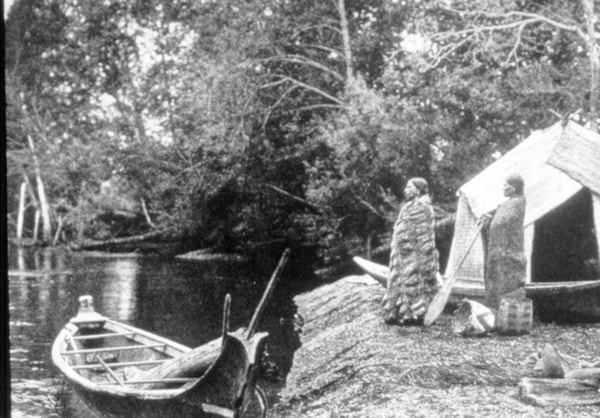The Katzie Development Corporation will discuss further developments at the archeological site near the Golden Ears Bridge on Feb. 24 at St. Andrew’s Heritage Church.
The Katzie people of the lower Fraser Valley are part of the Sto:lo group of peoples, and of the Coast Salish language family.
Katzie First Nation provides the band government for those living in the Pitt and Alouette watersheds; these people were historically linked with the Musqueam, the Kwantlen and the Nicomekl, so it was a large family of nations covering a good-sized portion of south-western B.C.
Locally, the names of Katzie sites at Port Hammond, Swaneset, Pitt Lake and Sheridan Hill are well-known to Maple Ridge and Pitt Meadows residents.
The mouth of the Pitt River contains several important archeological sites, as this was a major Katzie fishing ground.
In addition, these early residents grew cranberries and wapato – a potato-like tuber grown in wetlands.
The arrival of the Hudson Bay Company, and later land preemptions, brought a change in traditional Katzie pursuits.
Diseases such as small-pox, TB, influenza and measles, to which most indigenous people were not immune, caused even greater disruptions.
By the 1990s, the Katzie numbered only about 400, living in three reserves in the Langley/Pitt Meadows area.
To help us better understand the Katzie past, Stephanie Huddlestan and Amy Homan will lecture on the following:
“Recent construction as part of the Golden Ears Bridge project in Maple Ridge has led to the discovery of a large pre-contact archeological site within the Katzie First Nation’s Traditional Territory.
A portion of archeological site DhRp-52 fell within the right of way of the proposed road construction and was systematically excavated by the Katzie Development Corporation’s archeological team.
The site includes a habitation area located on top of a high sandy ridge adjacent to what was once an abundant wetland.
Many artifacts made of wood and various plant materials that would have normally vanished over time were preserved within the wetland.
Radiocarbon dates, artifacts and the collection of additional data suggest that DhRp-52 was occupied for three distinct cultural components between 5700 cal BP to 3200 cal BP [ 6000 and 3000 years ago]. Activities taking place within these components vary based on plant resource use and availability as well as the presence of differing structure types.
This discussion presents the final results of the archeological excavations at DhRp-52 and current interpretations about human occupation and resource use at this unique site through time. A discussion and question period will follow the presentation.”
• The Maple Ridge Historical Society meeting is on Feb. 24 at 7.30 p.m. at St. Andrew’s Heritage Church, 22279 116th Ave.
Carla Reed is a member of the Maple Ridge Historical Society.
